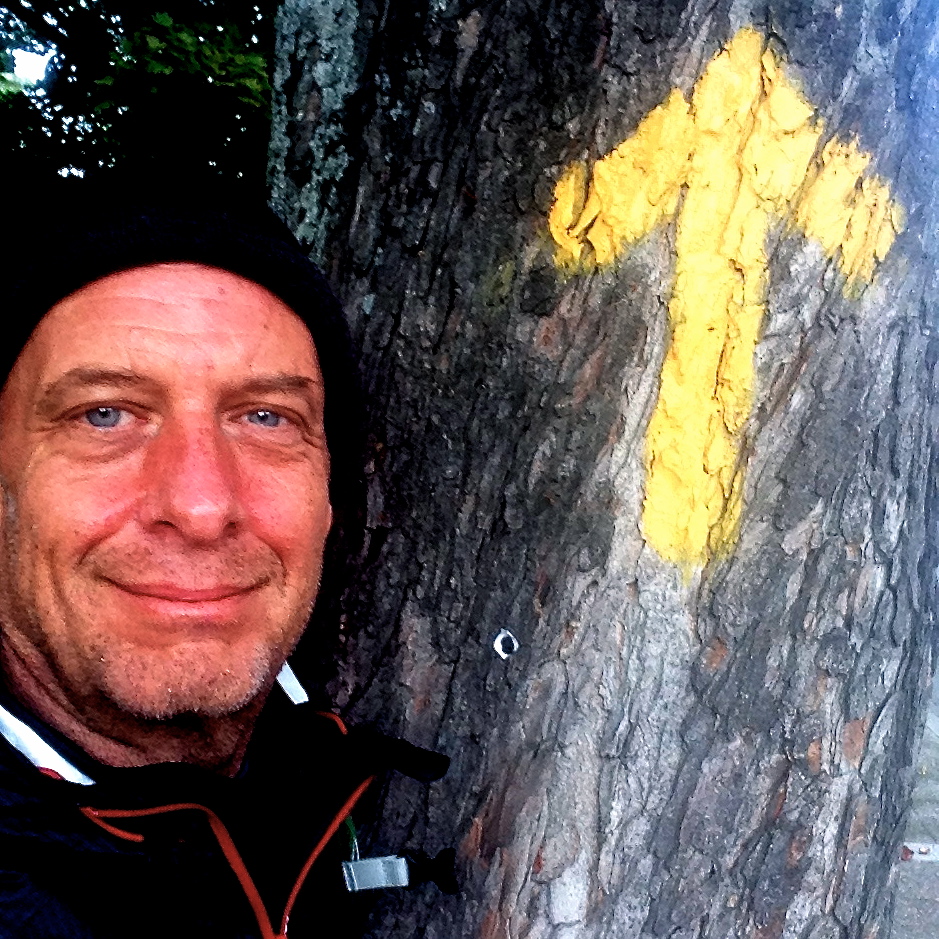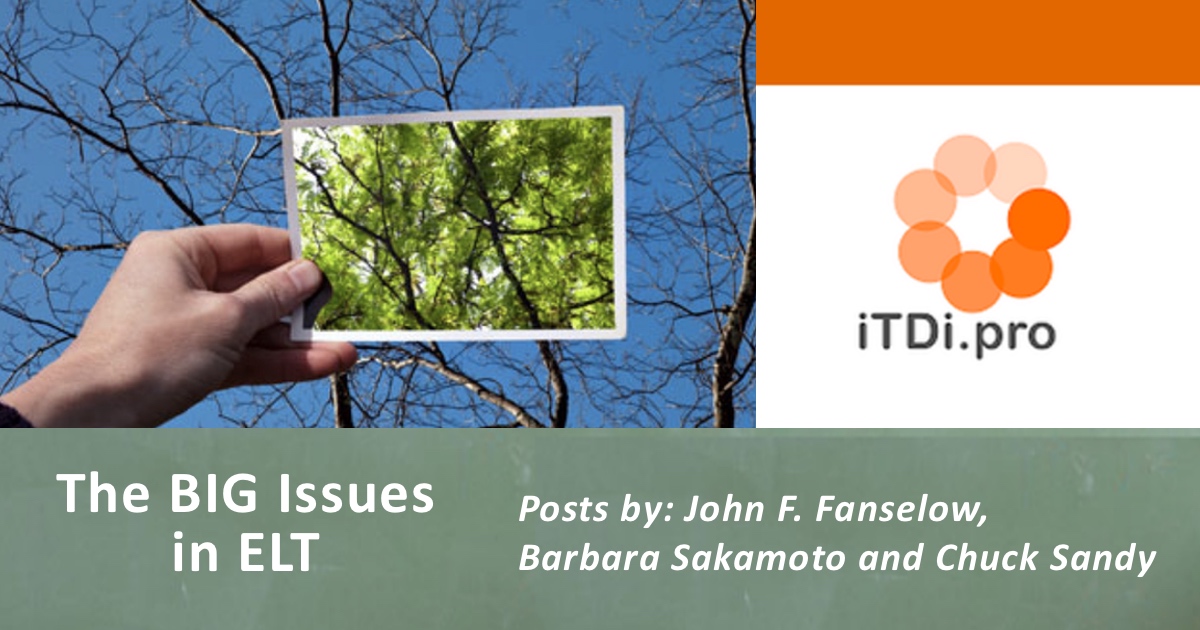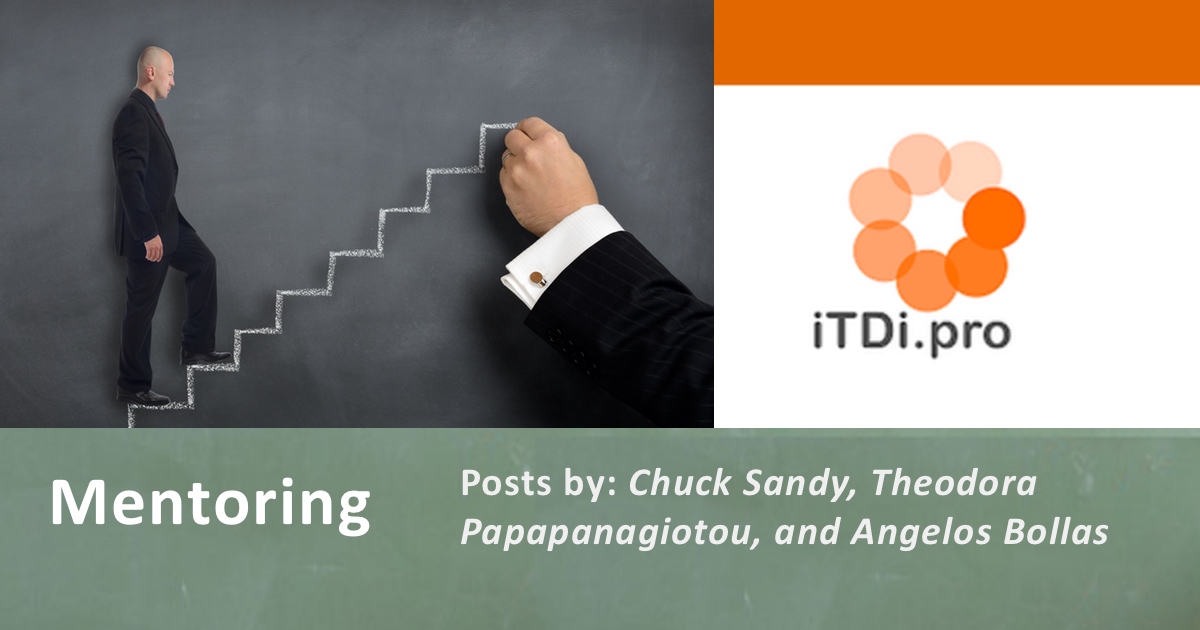
“I’ve come with a gift,” said the pilgrim.
“But what took you so long?” asked the master.
“The journey is the gift,” the pilgrim replied.
“Excellent,” said the master. “Keep going.”
Last autumn I walked across Spain on the Camino de Santiago. Along the way, fellow pilgrims would ask, “How far are you going?” and I’d say, “As far as I can.” I wasn’t trying to be evasive. I really didn’t know. Some days were easy and I’d get farther than I’d ever imagined I could. Other days were harder and I’d not get very far at all. At night when someone would ask, “How far did you get?” I’d say, “As far as I could” and I wasn’t trying to be evasive. What I meant had more to do with what was happening inside me than it did with distance. I took each day one step at a time, and over the course of this journey, those steps added up.
The destination was Santiago de Compostela, but walking the pilgrimage wasn’t really about getting somewhere. It was about being open and present, learning whatever there was to learn, and staying on the path. That last part was easy as there were always waymarks along The Way. Just when I’d start to think, “I might be lost” there’d be a yellow arrow pointing up one path rather than down another.

Often, though, there were options. One waymark would point towards a more difficult, longer, and less traveled path. Another would indicate a path that was easier, shorter, and more generally traveled. I’d stand at those crossroads and think, “this way or that way?” knowing that the choice I made would effect how I’d later answer the question “how far did you get?” On the Camino, I took both kinds of paths and enjoyed it all. Not surprisingly, though, it was following waymarks up the longer, harder, less traveled paths that got me farthest, changed me the most, and in the end brought me the most joy.
This is exactly what my life working in education has been like, too. For more than thirty years I’ve been following waymarks along the way, making decisions about whether to take the shorter, easier more traveled paths, or the longer, harder less traveled ways. Just like on the Camino, the waymarks leading up the more challenging paths through education have gotten me farthest, changed me most, and brought me the most joy. Here are ten of those waymarks from the journey. Think of these ten books as gifts of offering from along the way.
Teaching As A Subversive Activity – Neil Postman & Charles Weingartner
When Neil Postman and Charles Weingartner wrote Teaching As A Subversive Activity in 1969, it was news. It still is. This book is as valid an attack on lock-step teaching and unimaginative schooling now as it was when they first declared that, “There are trivial ways of studying language which have no connection with life, and these we need to clear out of our schools.” One of the reasons this book has been reprinted as many times as it has over the years is that we haven’t quite managed to do this –yet. Perhaps not enough people have read it. I’ve read this book a bunch of times, and hanging by my door is a card on which I’ve written these questions from the chapter entitled, “So what are you going to do now?”
What am I going to have my students do today?
What is it good for?
How do I know?
Even if you don’t read the book, try asking yourself those questions before you walk into class. Then ask the same questions of yourself when you finish teaching at the end of a day but leave the words have my students out of the first question. Make a practice of this. See what happens.
Reflecting on these questions before teaching a class, writing an activity, or deciding how to spend an afternoon has helped me to rethink the way I teach, the activities I write, the reasons I teach, and the way I live. Not bad for a book I got for less than a US dollar 30 years ago.
On Becoming A Person – Carl Rogers
Roger’s beautiful book opens with these words.
“I speak as a person, from a context of personal experience and personal learnings”
To offer yourself, as you are, to a group of learners is the greatest gift you can offer them. This is at the center of Roger’s work and at the core of what I believe about authentic teaching and learning.
For me, being a teacher means constantly working to become who I am while openly sharing that journey with others. My experience has been that the more I offer who I am on any particular day, the more likely it is that others will do the same. Under these conditions, real learning and teaching become more possible.
This is not an easy thing to do, and so it’s only right that On Becoming A Person is not easy reading. It asks questions like: “What is the meaning of personal growth? Under what conditions is growth possible? What is creativity and how can it be fostered? How can one person truly help another? Is it really possible to teach anyone anything?” Rogers grounds his work in a lifetime of practicing psychology and teaching to share the answers he’s arrived at. In the process of reading, you’ll likely discover your own.
Still, be careful. Not too long ago, a friend suggested that it is the educators who most strongly believe that teaching is a calling and not just a skill-set who end up working their way right out of teaching. My own experience speaks to this, and Rogers provides a good example of how it happens when he writes:
“My experience has been that I cannot teach another person how to teach.”
“It seems to me that anything which can be taught to another is relatively inconsequential, and has little or no significant influence on behavior.”
“I realize increasingly that I am only interested in learnings which significantly influence behavior.”
“I have come to feel that the only learning which significantly influences behavior is self-discovered, self-appropriated learning.”
“Such self-discovered learning cannot be directly communicated to another.”
“As a consequence of the above, I have lost interest in being a teacher.”
While I’ve certainly felt the frustration Rogers feels, I haven’t reached that last step and don’t think I ever will — but perhaps this is because I’m alive and working at a time full of interesting alternative ways of thinking about teaching and learning that Rogers didn’t live to see. Yet, I’m pretty sure that the work Rogers did helped us develop those alternative ways of thinking about teaching and learning. If you’re unfamiliar with his work, remedy that.
A Place To Stand: Essays for Educators in Troubled Times – Mark Clarke
Like many teachers, you might be experimenting with non-traditional ways of teaching. In Clarke’s words you’re “a change agent” promoting not just change in your learners as you create conditions that make autonomous learning more likely. You’re also promoting change in the way things are done. Fantastic!
Be ready, though. People are going to notice, and not all of these people are going to be happy. I know this from hard experience. Reading Clarke’s book has saved my career more than once. If you’re doing non-traditional things in your classroom that some might consider a threat to the status quo, get this book and take the following advice to heart:
Invite others in to see what you’re doing in class, but be sure to prepare these observers for what they’re going to see. Then, as your students are huddled up around laptops gathering data, while others are in some other corner practicing their presentation, while still others are noisily doing something else all together, be ready to “help others see the structure and order of events and how these build upon each other toward a coherent experience for the learners.” Then be ready to be accommodating.
Sure, I’ll get them to quiet down. Of course, we’ll use the textbook sometimes. Yes, I’ll make sure students learn what we’ve all agreed needs to be covered. Then smile, make sure you do those things, and get back to work. Then, if those in power still don’t get it and try to get you to tone things down, go find somewhere else to do the good work you’re doing.
Rose Where Did You Get That Red? – Kenneth Koch
“There are a lot of poets who have the courage to look into the abyss, but very few who have the courage to look happiness in the face and write about it – which is what I wanted to be able to do” wrote Kenneth Koch. Well, not only is that exactly what he did do, he also taught a generation of New York City school children to do it, too. Then, he wrote this wonderful book about that experience so that any of us could carry on the good work he started. Whether you’re interested in introducing your students to great poetry, want some ideas about how to get started on writing some great poetry of your own, or just want to hold something in your hands that is full of happiness, this book is for you.
I Won’t Learn From You and Other Thoughts On Creative Maladjustment – Herbert Kohl
We’ve all had students who have refused to learn whatever it is we set out to teach them. Perhaps, like me, you’ve even been that student. Herbert Kohl’s classic essay on actively not learning suggests that such behavior is a conscious choice made by people who “choose to not learn from a system which they feel is oppressive or deadening.”
While these active refusers might look like unmotivated failures, they’re actually working tirelessly to maintain a strategy that they truly believe is essential to their survival in a situation that is out of their control, beyond the limits of their understanding, and perhaps even a threat to their identity. In some cases they could be right.
Ok, so now what? How can we re-channel that energy? Herbert Kohl has some good suggestions that have helped me numerous times over the years — both as a teacher working with such students and as a learner who has found himself in such situations. The three other essays in the book are equally brilliant. My favorite is The Tattooed Man: Confessions of A Hopemonger. Reading it will make you proud you’re a teacher and thankful that you’ve had the chance to “become an explorer with the goal of uncovering or helping your students uncover the gifts and strengths which can nurture them as they grow.”
How Children Fail – John Holt
I’ll let Holt speak for himself, but as you read, replace the word children with the word teachers and the word learning with teaching. Watch what happens.
“Schools assume that children are not interested in learning and are not much good at it, that they will not learn unless made to, that they cannot learn unless shown how, and that the way to make them learn is to divide up the prescribed material into a sequence of tiny tasks to be mastered one at a time, each with its appropriate ‘morsel’ and ‘shock.’ And when this method doesn’t work, the schools assume there is something wrong with the children — something they must try to diagnose and treat.”
“We who believe that children want to learn about the world, are good at it, and can be trusted to do it with very little adult coercion or interference, are probably no more than one percent of the population, if that … My work is to help it grow. ”
That’s my work, too, and since you’ve read this far, it’s probably your work, too, and so you might want to read this book if you haven’t yet. The good news is, we’re no longer the one percent. We’re a movement whose members do not quite make up a majority yet, but we’ll get there in my lifetime. I’m sure of it.
Breaking Rules – John F. Fanselow
“Only by engaging in the generation and exploration of alternatives will we be able to see. And then we will see that we must continue to look.”
Look carefully until you just might be seeing what’s really there and what’s really going on. Describe that in as much detail as possible. Then change something and look some more. What’s happening now? How is it different? Now describe this in as much detail as possible. Avoid making judgments and stay as far as you can from words like bad, worse, good, better, and best. Now, change something else. Look again. Soon you’ll realize that nothing is the way you think it is, that few things are permanent, and that you have the power to change almost anything. That’s what I’ve learned from this book and that’s led me into a way of life I try everyday to live, sometimes fail miserably at, and so what to do? Try again.
We Make the Road by Walking: Conversations on Education and Social Change – Paolo Freire
While everything that Freire wrote has had a big influence on how I think about teaching, learning, and schooling, this book is the one which includes these lines:
“The teacher is of course an artist, but being an artist does not mean that he or she can make the profile, can shape the students. What the educator does in teaching is to make it possible for the students to become themselves.”
Read that again. Say it out loud. You are an artist. So is everyone else.
Let Your Life Speak: Listening for the Voice of Vocation – Parker Palmer
This is a wonderful little volume that is often overlooked even by teachers who’ve fallen in love with Palmer’s classic The Courage To Teach. It’s in this book that Palmer writes …
“We must come together in ways that respect the solitude of the soul, that avoid the unconscious violence we do when we try to save each other, that evoke our capacity to hold another life without dishonoring its mystery, never trying to coerce the other into meeting our own needs …”
Say what? Well, he almost echoes Freire, doesn’t he? Simply said: we’re not here to save anyone, shape anyone, or even change anyone, and certainly not to coerce anyone into fulfilling our own need for personal fulfillment, professional acceptance, love, power, control or whatever. “Oh, I’ve never done anything like that and never would,” you say, and I’ll say the same thing. But let’s be honest. We’re human. Writers like Parker Palmer help us more fully accept that fact.
Teaching to Transgress: Education as The Practice of Freedom – Bell Hooks
I like what Bell Hooks says here in this powerful book:
“There are times when personal experience keeps us from reaching the mountain top and so we let it go because the weight of it is too heavy. And sometimes the mountaintop is difficult to reach with all our resources, factual and confessional, so we are just there, collectively grasping, feeling the limitations of knowledge, longing together, yearning for a way to reach that highest point. Even this yearning is a way to know.”
Yes, even that collective yearning of ours to keep improving, even that constant longing to be better teachers -even when the way is hard – is a way to know. We’ll never reach the mountaintop but we’ll never stop trying, will we? No, we won’t, and we won’t choose the easier paths either. The journey is the gift. Keep going.
“Every day is a journey, and the journey itself is home.” – Basho
An earlier version of this post appeared as part IATEFL TDSig’s Ten Books series.





 by Chuck Sandy
by Chuck Sandy On Kiran Bir Sethi, Design Thinking, And Saying Yes
On Kiran Bir Sethi, Design Thinking, And Saying Yes Kiran Bir Sethi
Kiran Bir Sethi
